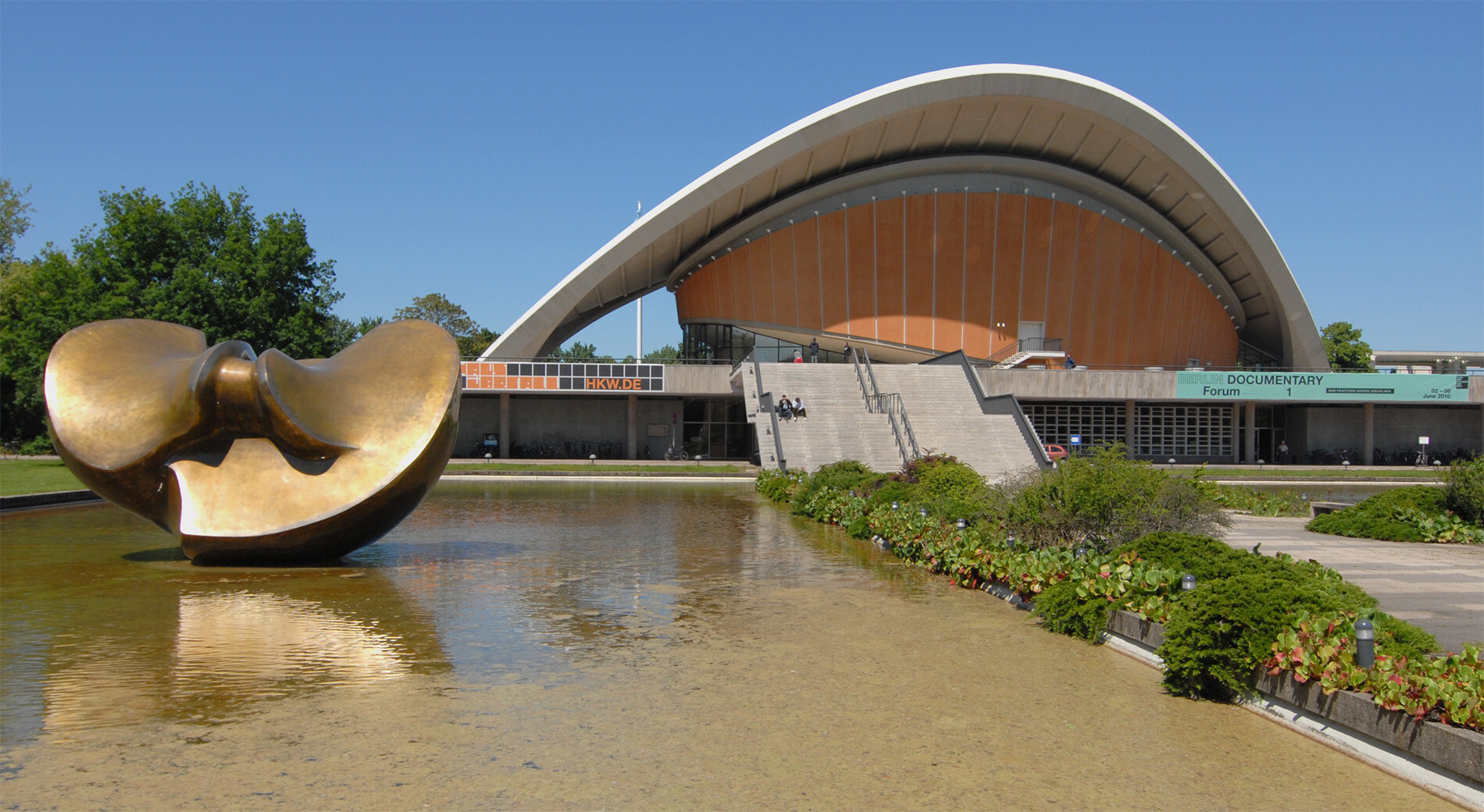The abbreviation “building at the limit” stands for two, seemingly almost contradictory facets of ultra-modern construction. Initiated by the development of new, man-made building materials from steel to prestressed concrete, and made possible by increasingly reliable engineering models of the load-bearing behavior of even complex structures, ultramodern construction has striven for ever greater widths and heights while at the same time minimizing the use of materials as probably no era before.
At the same time, however, a process began with high modernism around 1880 that was directly intertwined with it and continues to shape construction today without any foreseeable end – the development of a steadily growing and all-encompassing regulatory apparatus of guidelines, standardizations, norms and regulations. The exploration of structural boundaries at the limits of what was previously conceivable and statically possible was contrasted with the confinement of structural thinking within codified limits of what was permissible.
These were the two poles between which ultramodern constructing moved.
With its first annual theme “Building at the Limit,” the priority program Cultural Heritage Construction is dedicated to the practices, thought patterns, and attitudes that the constructors of high modernism developed in this field of tension:
- What characterizes the “generation of high moderns” in the history of construction? What differences can be identified between them and the actors and protagonists of earlier epochs of construction in the building industry? What is the special significance of “building at the limit” as a characteristic feature? Did “bold” border crossings open up new spaces for structural innovations?
- To what extent did the concept of limit shifting also shape the corpus of engineering theory that was forming at the same time? In particular, what influences from the practice of construction fueled the paradigmatic shift in theoretical interest since the 1930s toward “ultimate limit states” and today’s common design with reference to the “ultimate limit state”?What significance did designers attach to the growing potential for prognosis based on engineering science, and what significance did the latter actually have on the shifting of boundaries in practical construction? To what extent were supposedly secure theories used – and abused – as legitimation?What were the influences of increasing standardization, norms and building regulations? How did they help, how did they hinder new frontiers of construction? How did designers move between the conflicting priorities of standardized safety and calculated risk?
- What was the role of traditional engineering skills such as experience, observation and measurement? How were the realities and challenges of construction taken into account? How did one respond to difficulties that arose?
- How persistently did errors of thought and misconceptions persist? Was there a structural suppression of errors? What influences did individual categories such as personal ambition have? How did the actors deal with failures, with personal or even structural failure?
Heritage as link to the past as well as to the future
Heritage as link to the past as well as to the future: In accordance with this fundamental orientation, however, the discourse in the priority program Cultural Heritage Construction does not only remain in historical retrospect. It also traces the reception and reflection of the paradigm of minimization, or in other words – the continuities and breaks of ultra-modern efficiency thinking in today’s construction industry:
- To what extent do ultra-modern lines of tradition continue to construct the identity of civil engineers and architects? Where do they hinder? Where do they do good?
- How do today’s designers interpret and read their ultra-modern heritage, if they deal with it at all? What is it worth to them – as a testimony to the art of engineering that needs to be preserved, but above all as a source of inspiration for the development of their own attitudes and guiding principles?
- How is ultra-modern design translated and perpetuated in today’s construction industry? The ultramodern paradigm of minimizing the use of materials has been replaced by the new paradigm of sustainability of the use of materials: What significance is still attached to the former? What parameters such as robustness, durability, simplification of production or ease of maintenance surround and relativize it today? To what extent is the desire for the limit still suitable as a guiding principle for future design?
- Isn’t it only the current digital revolution in planning and production that is redeeming the unfinished claim of high modernism to the consistent industrialization of craft construction processes?
- On the other hand, doesn’t the regulation of all processes of construction, born with high modernity, continue unabated? And don’t many of today’s civil engineers – from training to everyday construction work – still “tick” in the much lamented reduction of construction to the fulfillment of regulations?
Learning from history – that is so easy to say. This outlook into the practices of today is not about quick answers. Rather, it is about the most noble task of every historical science: the ever new questioning of seemingly self-evident certainties, or in other words – the productive irritation of today’s practices.






